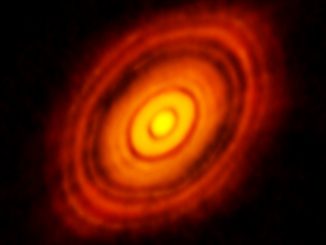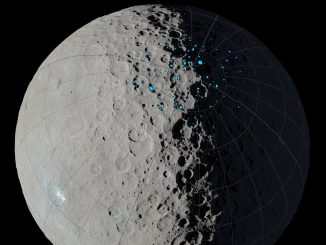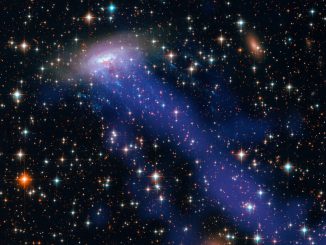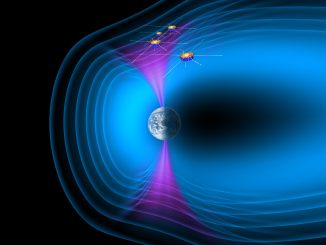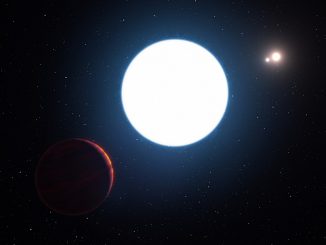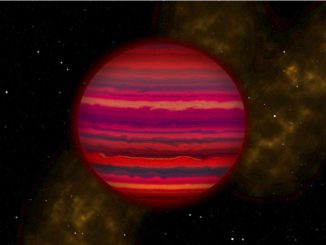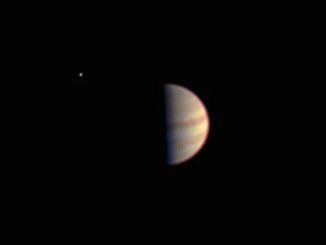
Deepest ever look into the Orion Nebula reveals hordes of low-mass objects
The European Southern Observatory’s HAWK-I infrared instrument on the Very Large Telescope (VLT) in Chile has been used to peer deeper into the heart of Orion Nebula than ever before. The spectacular picture reveals about ten times as many brown dwarfs and isolated planetary-mass objects than were previously known.


